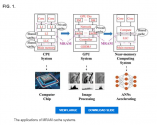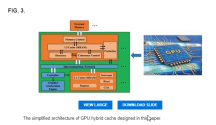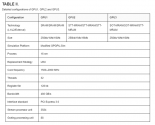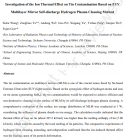Huawei will launch Vision head display: self-developed chip, 350 grams, about 15,000 yuan
Li Nan, former CMO of Meizu Technology and now founder of Numiao Technology, recently posted on Weibo, claiming that Huawei is developing a Vision headset, priced at around 15,000 yuan.
It is reported that this headset will use Huawei's self-developed chip, with "almost no delay" in spatial operation, and will be equipped with a Sony 4K Micro-OLED screen (the relevant screen is expected to be shipped within a month). It weighs 350 grams, which is 350 grams compared to Apple. The Vision Pro headset has removed the "eyesight" feature.
Previously, media reported that Huawei had launched a Vision Glass head-mounted display (smart viewing glasses) in 2021. The glasses are equipped with dual 1080P Micro-OLED screens and are mainly used for viewing.

▲ VR Glass previously launched by Huawei
According to previous reports, Huawei registered the "Vision Pro" trademark in 2019. The trademark belongs to International Classification 9 and covers a variety of goods and services such as LCD TVs, head-mounted virtual reality devices, and radio equipment. In addition to Vision Glass In addition, Huawei also uses the relevant Vision trademark on the Vision smart screen, so Apple Vision Pro may use another name when it is launched in China.
It is reported that this headset will use Huawei's self-developed chip, with "almost no delay" in spatial operation, and will be equipped with a Sony 4K Micro-OLED screen (the relevant screen is expected to be shipped within a month). It weighs 350 grams, which is 350 grams compared to Apple. The Vision Pro headset has removed the "eyesight" feature.
Previously, media reported that Huawei had launched a Vision Glass head-mounted display (smart viewing glasses) in 2021. The glasses are equipped with dual 1080P Micro-OLED screens and are mainly used for viewing.

▲ VR Glass previously launched by Huawei
According to previous reports, Huawei registered the "Vision Pro" trademark in 2019. The trademark belongs to International Classification 9 and covers a variety of goods and services such as LCD TVs, head-mounted virtual reality devices, and radio equipment. In addition to Vision Glass In addition, Huawei also uses the relevant Vision trademark on the Vision smart screen, so Apple Vision Pro may use another name when it is launched in China.





